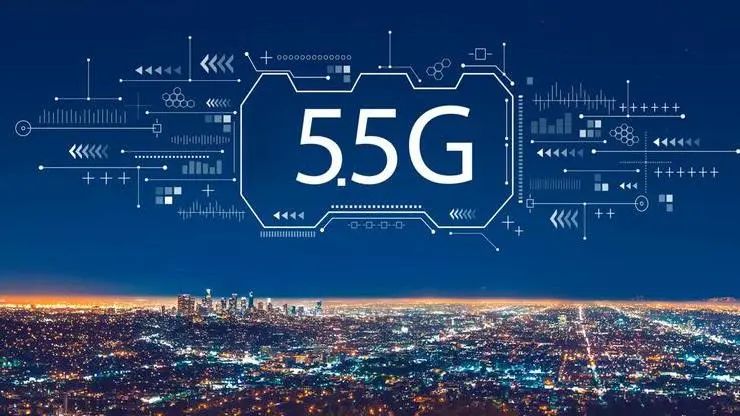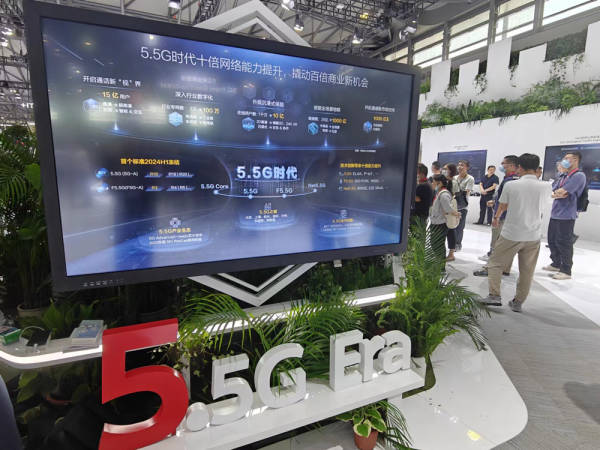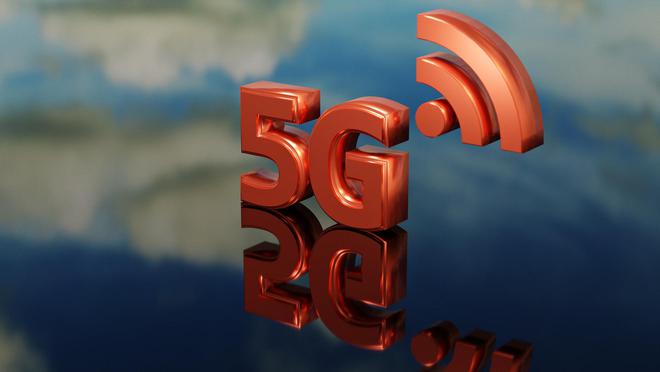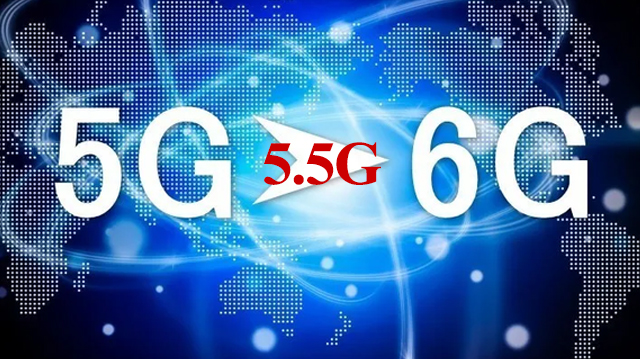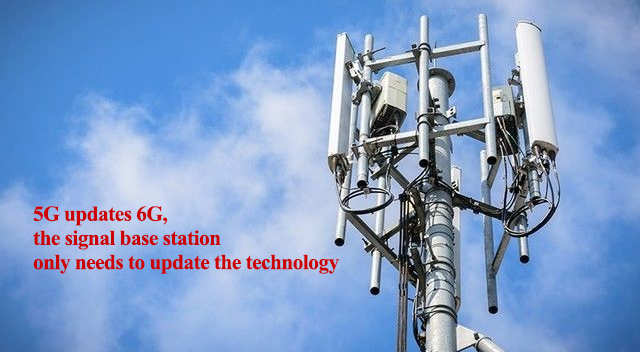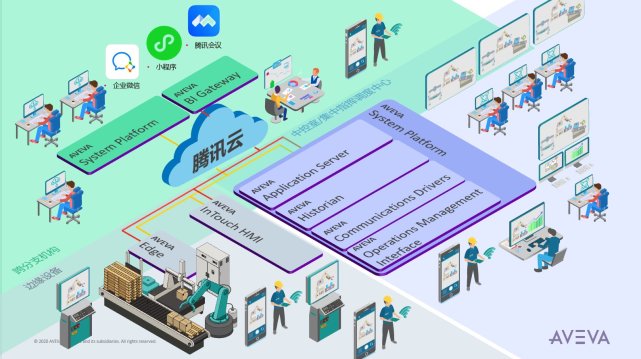The Launch of 5.5G Mobile Phone
On the fourth anniversary of 5G commercial use, is the 5.5G era coming?
On October 11th 2023, Huawei related people revealed to the media that as early as the end of this year, the flagship mobile phone of the major mobile phone manufacturers will reach the 5.5G network speed standard, the downstream rate will reach 5Gbps, and the uplink rate will reach 500Mbps, but the real 5.5G mobile phone may not arrive until the first half of 2024.
This is the first time that the industry has been more specific about when 5.5G phones will be available.
Some people in the domestic communication chip industry told the Observer network that 5.5G covers new communication features and capabilities, and requires the update of mobile phone baseband chips. This means that the existing 5G mobile phone may not be able to support the 5.5G network, and the domestic domestic baseband is participating in the 5.5G technology verification organized by the ICT Institute.
Mobile communication technology evolves a generation in about 10 years. The so-called 5.5G, also known as 5G-A (5G-Advanced) in the industry, is regarded as the intermediate transition stage of 5G to 6G. Although it is still 5G in essence, 5.5G has the characteristics of downlink 10GB (10Gbps) and uplink gigabit (1Gbps), which can be faster than the downlink 1Gbps of the original 5G, support more frequency bands, and be more automated and intelligent.
On October 10th 2023, at the 14th Global Mobile Broadband Forum, Hu Houkun, rotating chairman of Huawei, said that as of now, more than 260 5G networks have been deployed around the world, covering nearly half of the population. 5G is the fastest growing of all generational technologies, with 4G taking 6 years to reach 1 billion users and 5G reaching this milestone in just 3 years.
He mentioned that 5G has become the main carrier of mobile network traffic, and traffic management has formed a business cycle. Compared with 4G, 5G network traffic has increased by 3-5 times globally on average, and ARPU (average revenue per user) value has increased by 10-25%. At the same time, 5G compared with 4G, one of the biggest changes is to help mobile communication networks expand into the industry market.
However, with the rapid development of digitalization, the industry is putting higher requirements on the capabilities of 5G networks.
Development of 5.5G network background:
From the user perception level, the existing 5G network capacity is still not enough for applications that can fully demonstrate 5G capabilities. Especially for VR, AI, industrial manufacturing, vehicle networking and other application fields, 5G capabilities need to be further improved to support the network needs of large bandwidth, high reliability, low delay, wide coverage, large connection, and low cost.
There will be an evolution process between each generation of mobile communication technology, from 2G to 3G there is GPRS, EDGE as A transition, from 3G to 4G there is HSPA, HSPA+ as a transition, so there will be 5G-A this transition between 5G and 6G.
The development of 5.5G network by operators is not to dismantle the original base stations and rebuild the base stations, but to upgrade the technology on the original 5G base stations, which will not cause the problem of repeated investment.
The evolution of 5G-6G drives more new capabilities:
Operators and industry partners should also increase new capabilities such as uplink super bandwidth and broadband real-time interaction, work together to promote terminal and application ecological construction and scene verification, and accelerate the scale commercialization of technologies such as FWA Square, passive iot, and RedCap. In order to support the five trends of the future development of the digital-intelligent economy (3D business naked eye, intelligent vehicle network connectivity, production system number intelligence, all scenes honeycomb, intelligent computing ubiq).
For example, in terms of 3D business naked eye, facing the future, the 3D industry chain is accelerating maturity, and the breakthrough of cloud rendering and high-quality computing power and 3D digital people real-time generation technology has brought personal immersive experience to a new height. At the same time, more mobile phones, TVS and other terminal products will support naxed-eye 3D, which will stimulate ten times the traffic demand compared to the original 2D video.
According to the law of history, the evolution of communication technology will not be smooth. To achieve a transmission rate of 10 times that of 5G, super-bandwidth spectrum and multi-antenna technology are two key factors, equivalent to highway widening and adding lanes. However, spectrum resources are scarce, and how to make good use of key spectrum such as 6GHz and millimeter wave, as well as solve the problems of landing terminal products, investment costs and returns, and application scenarios from “model houses” to “commercial houses” are related to the prospects of 5.5G.
Therefore, the final realization of 5.5G still needs to be promoted by the joint efforts of the communication industry.
lintratek is professional mobile phone signal amplifier manufacturer, welcome to contact us www.lintratek.com
Post time: Oct-25-2023








